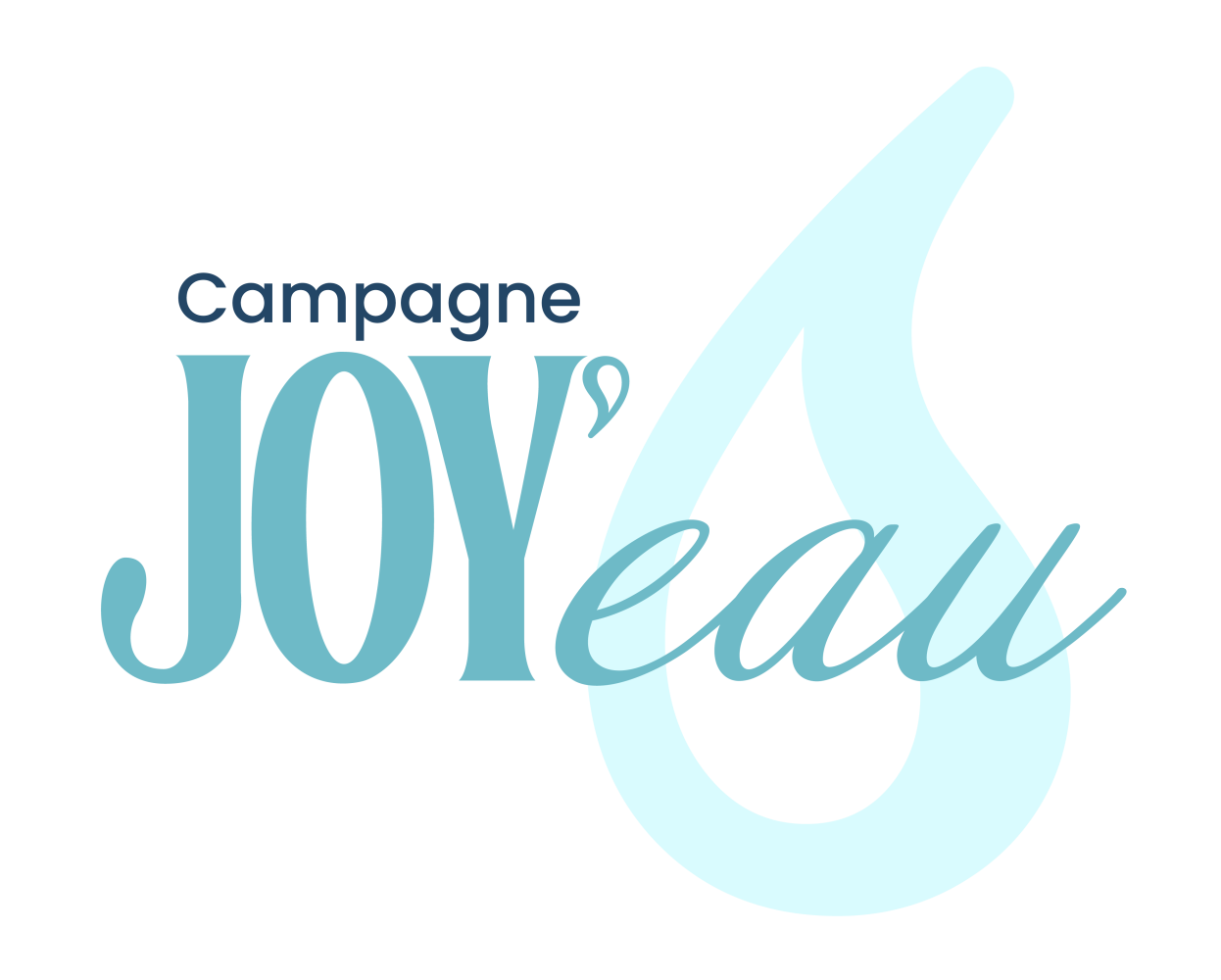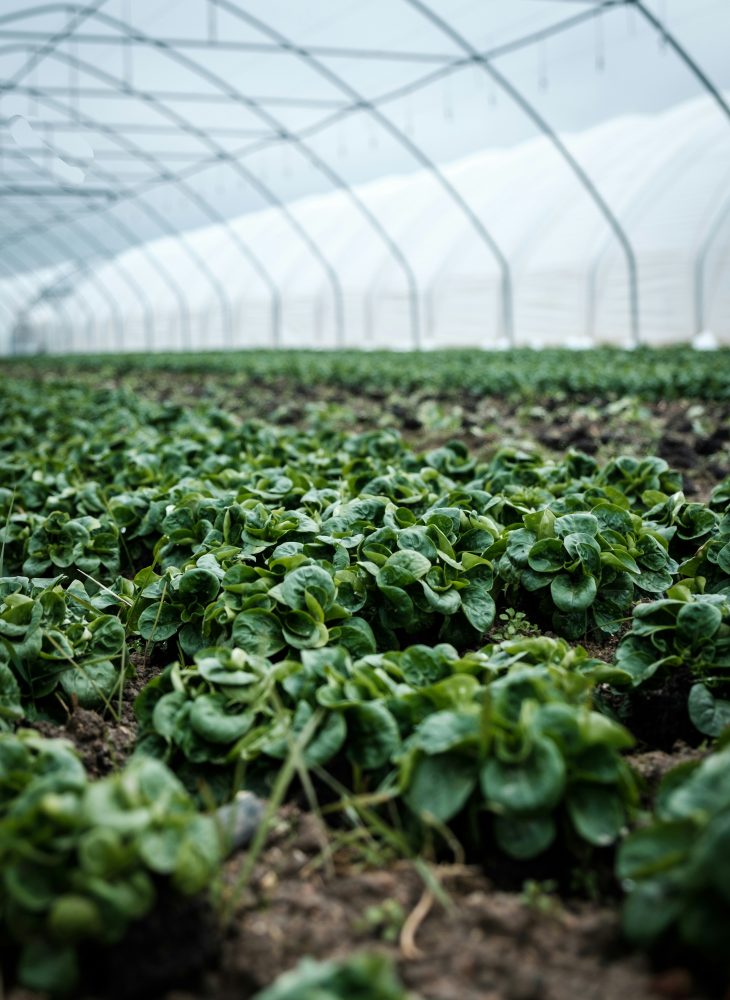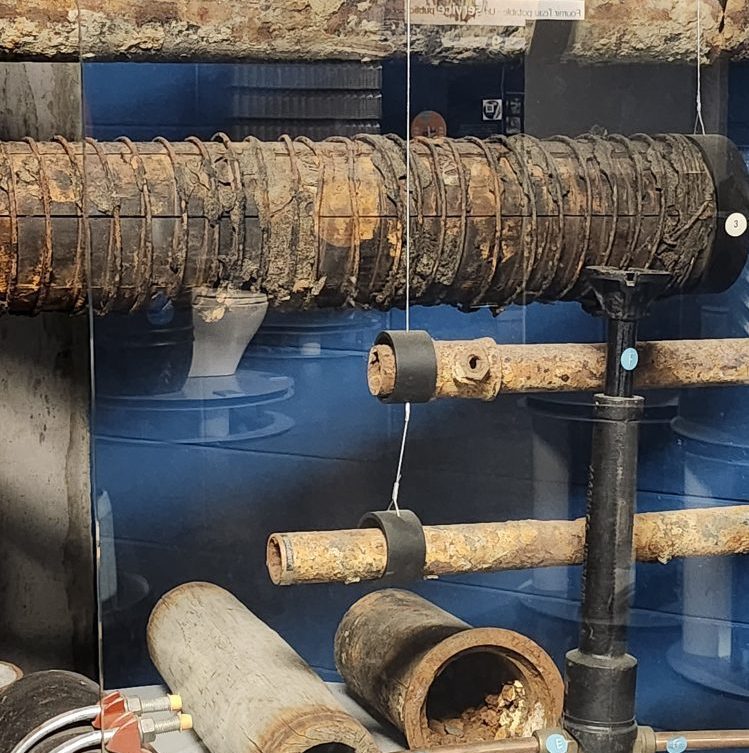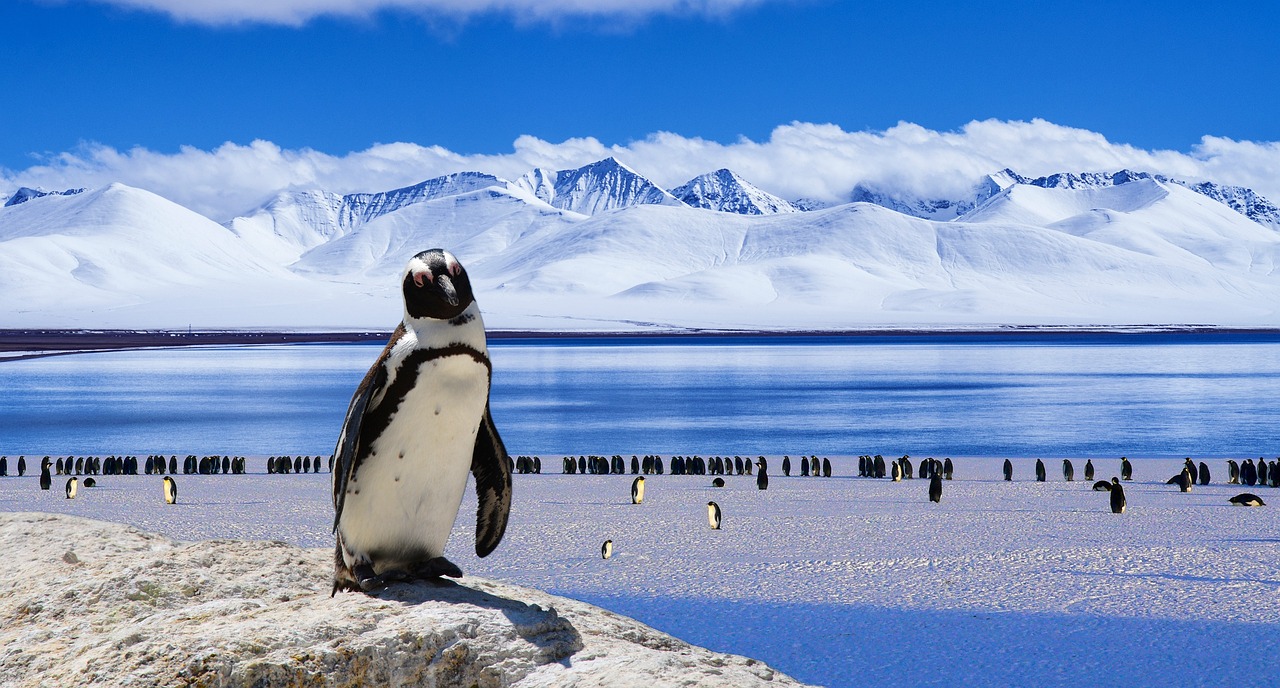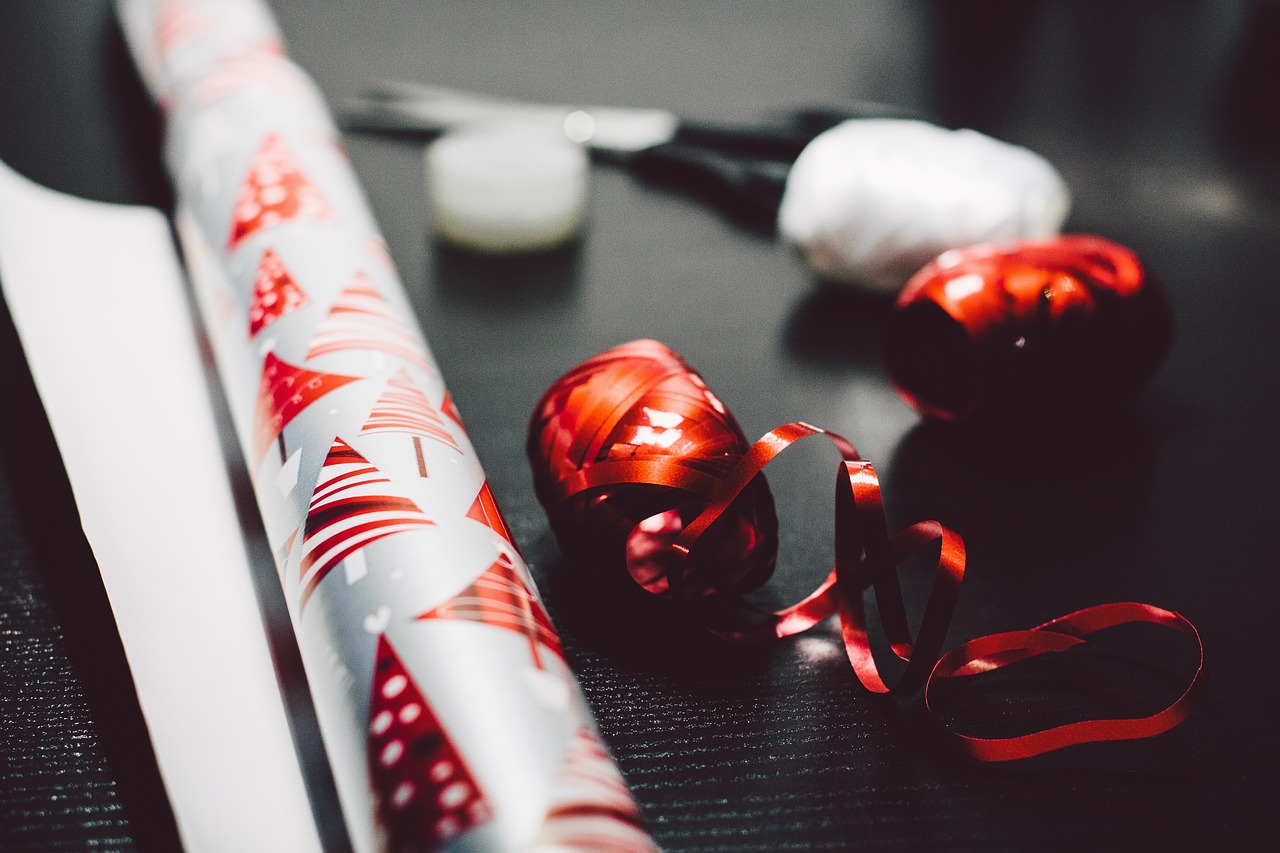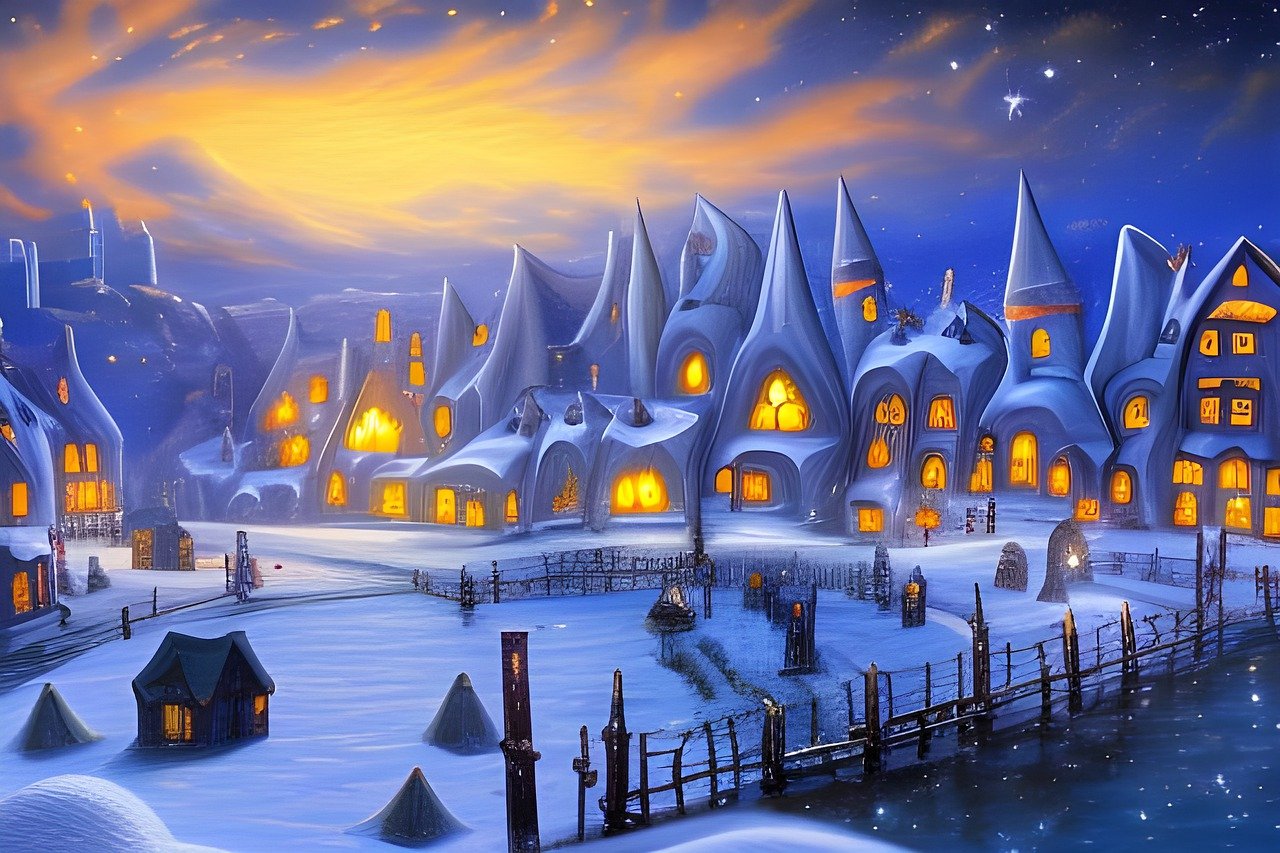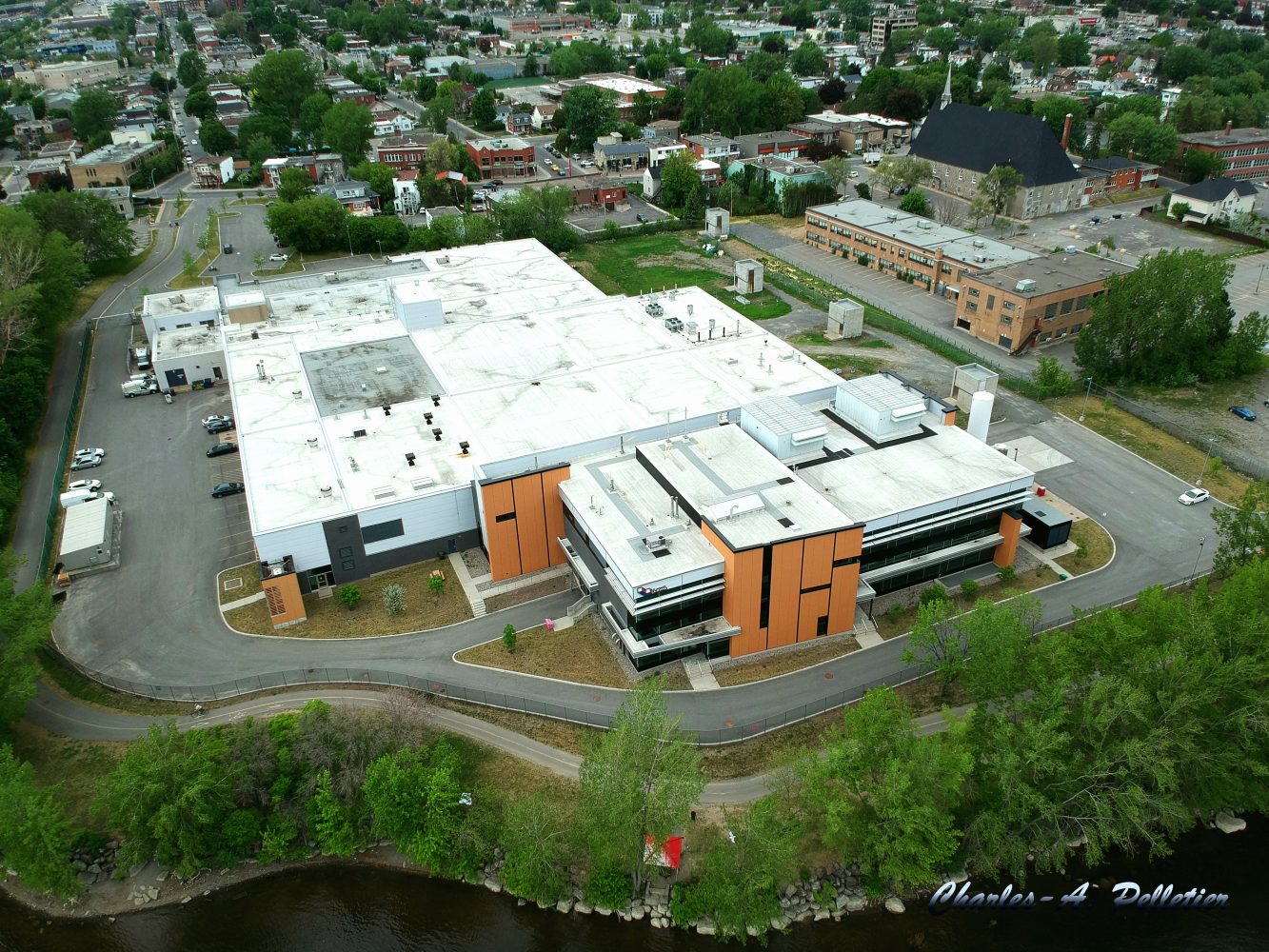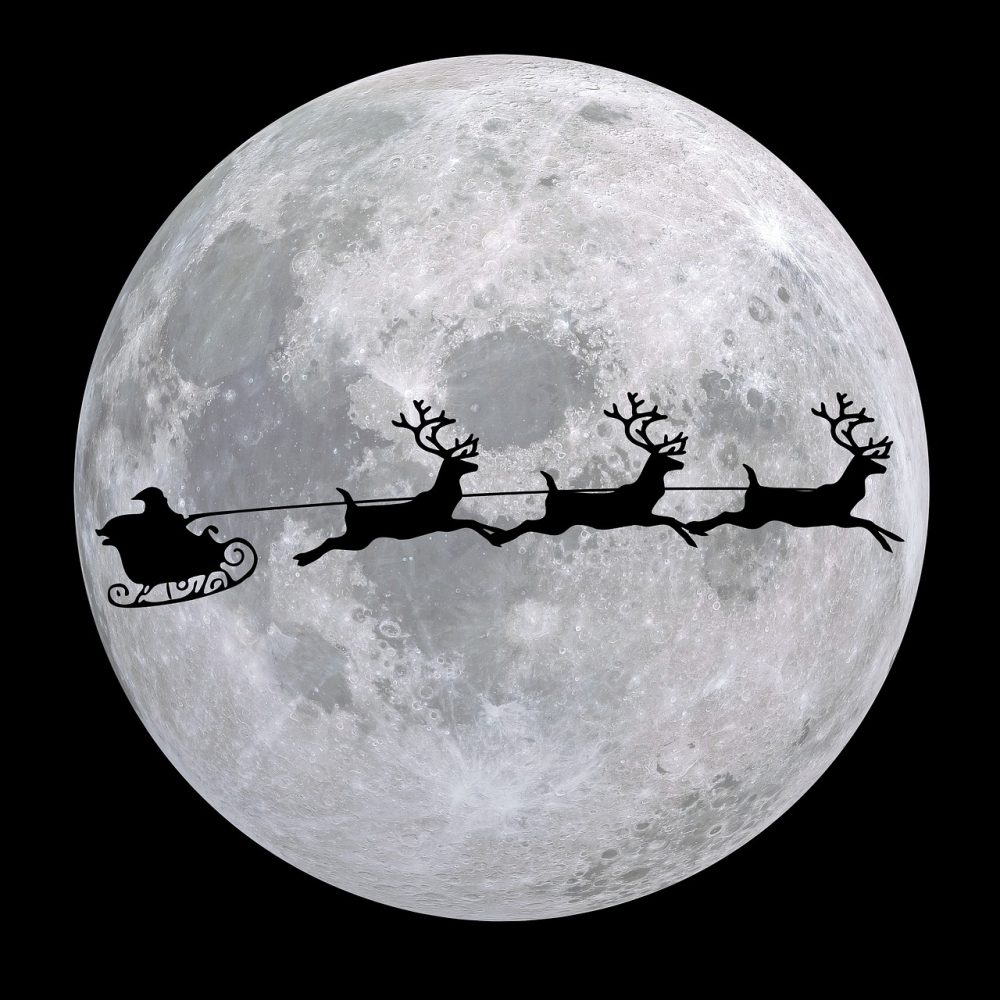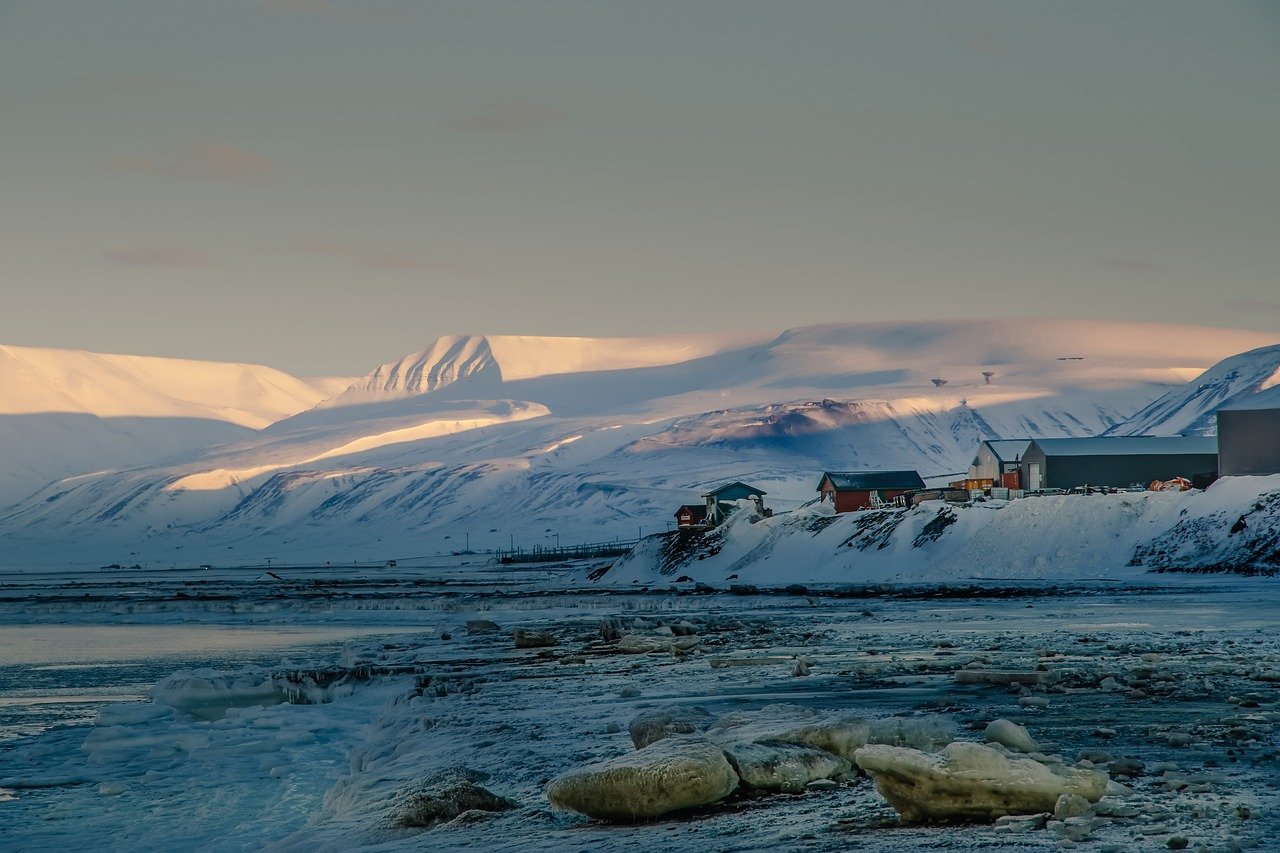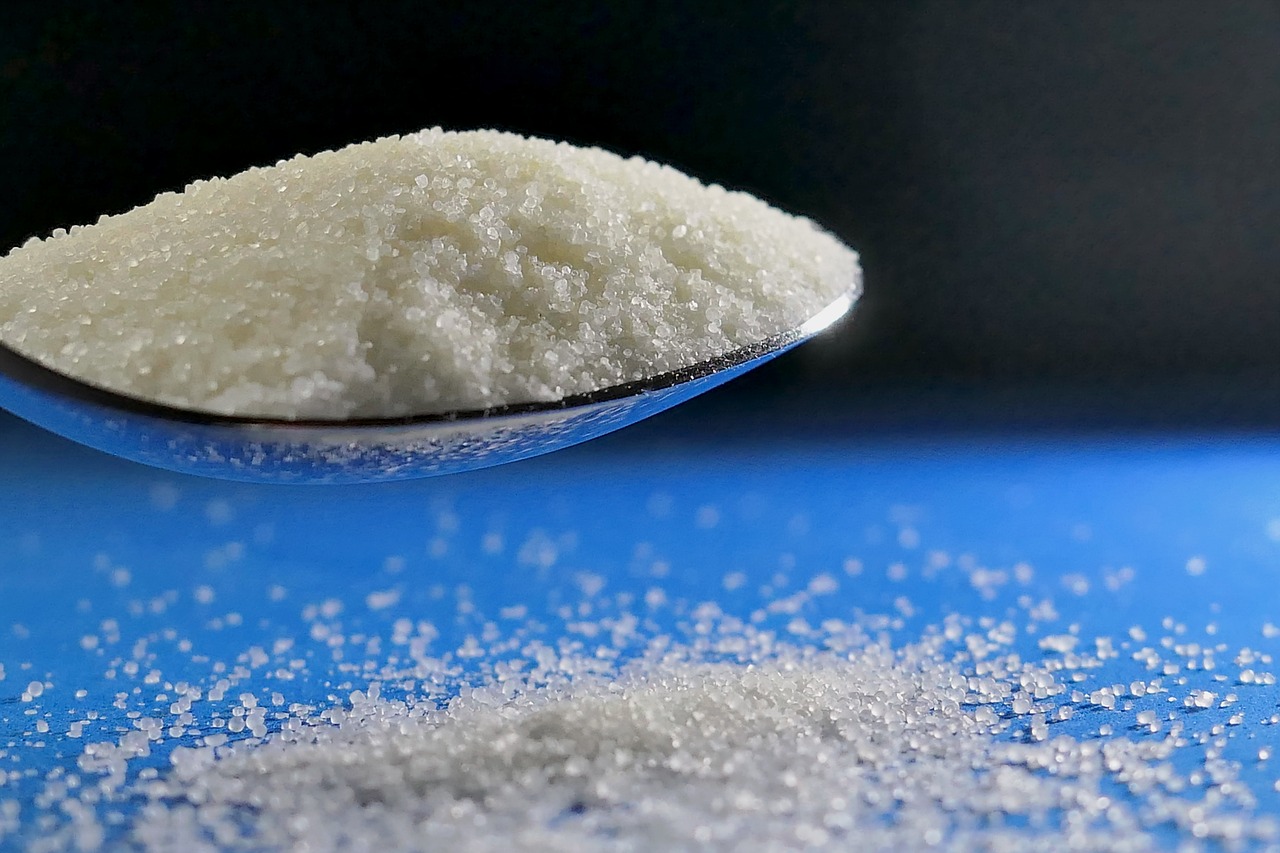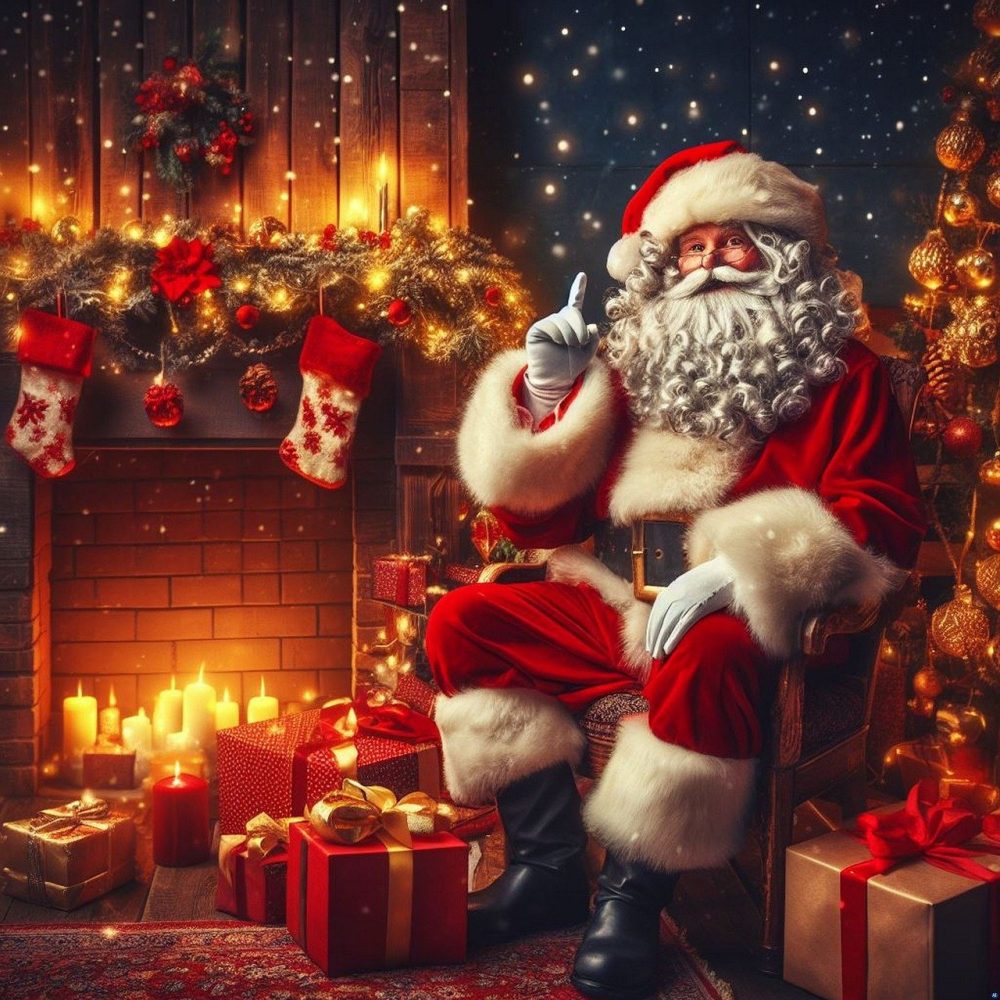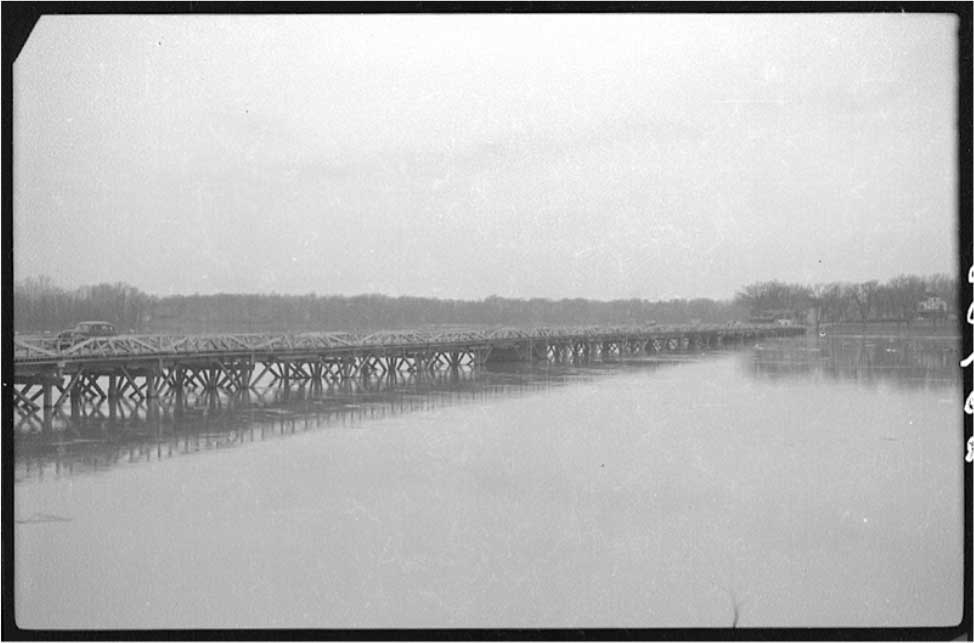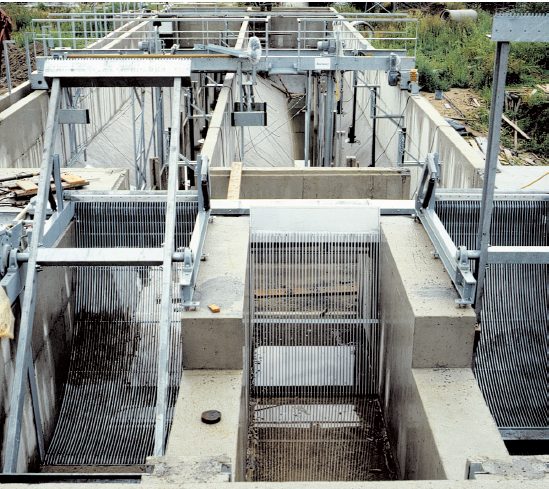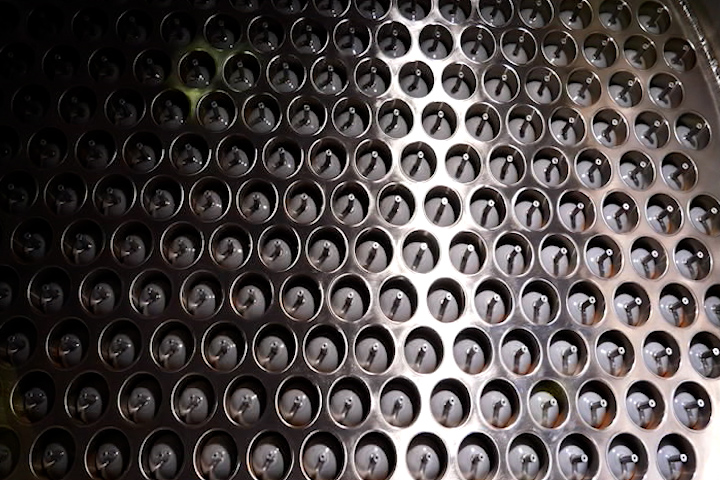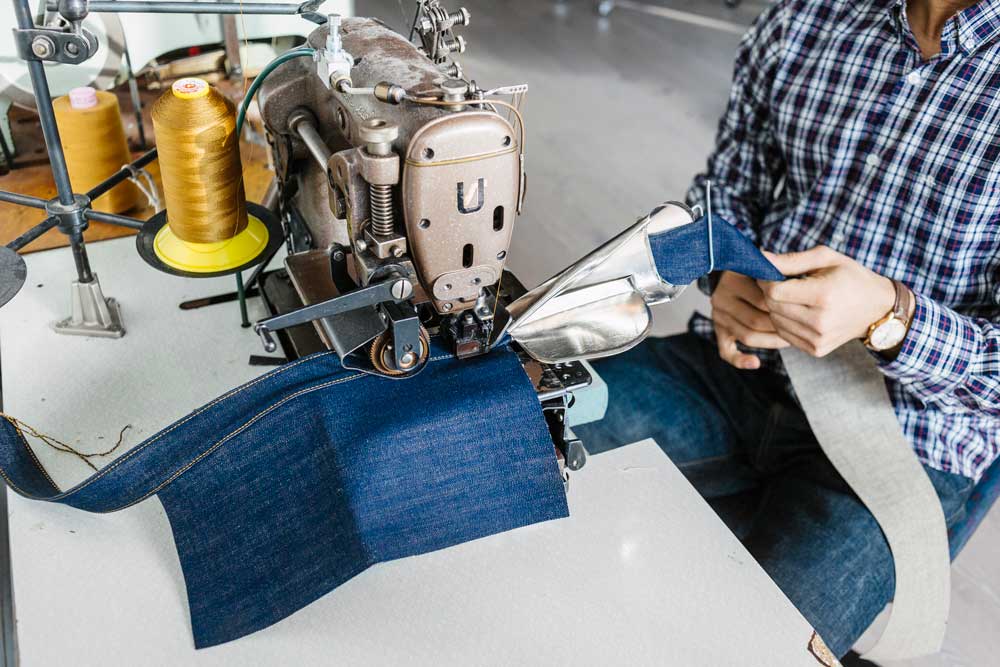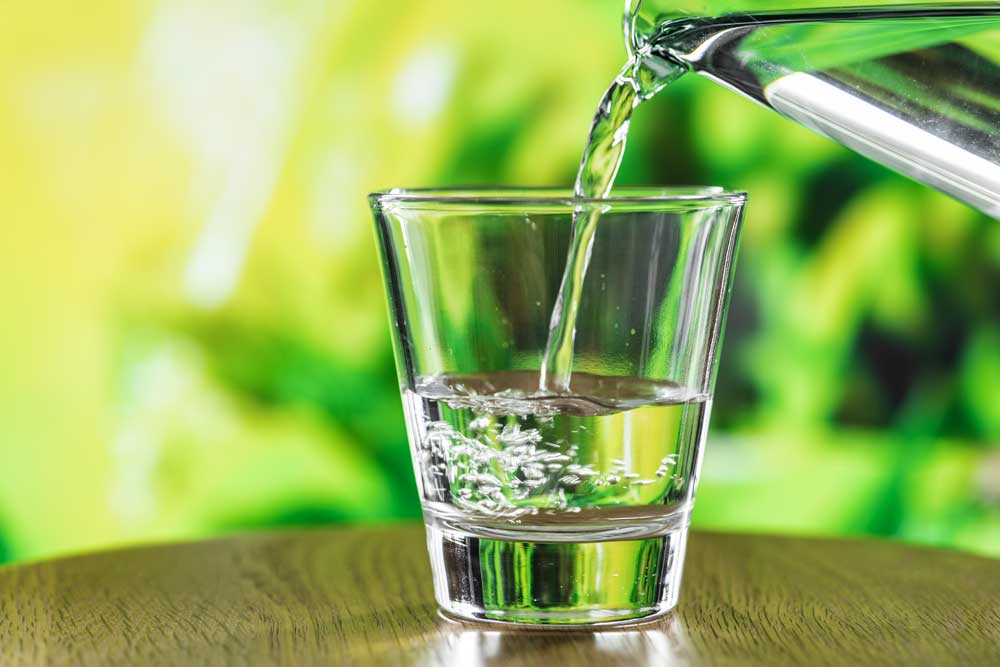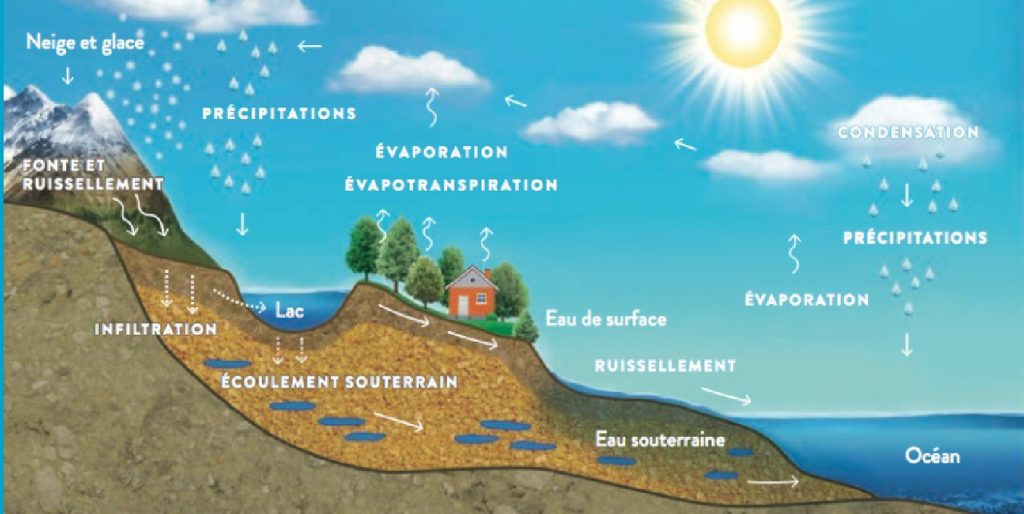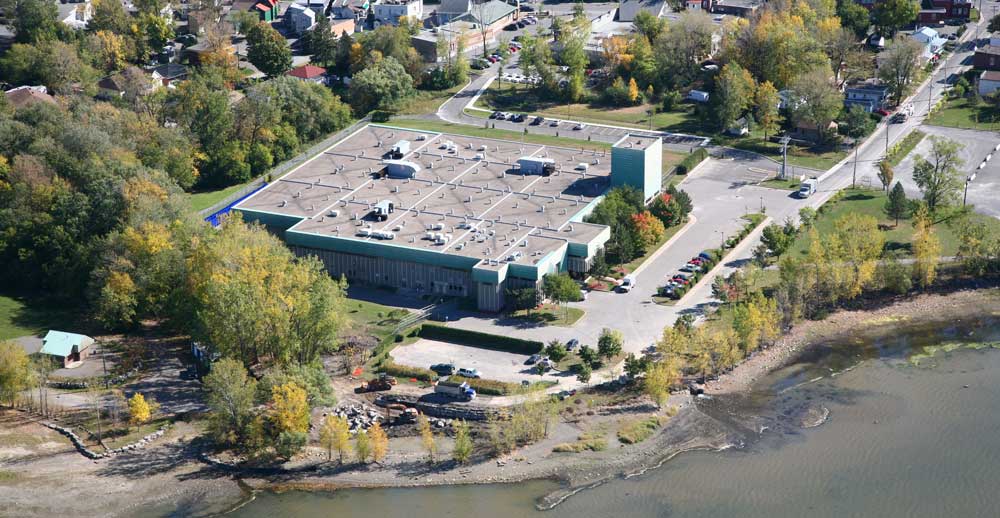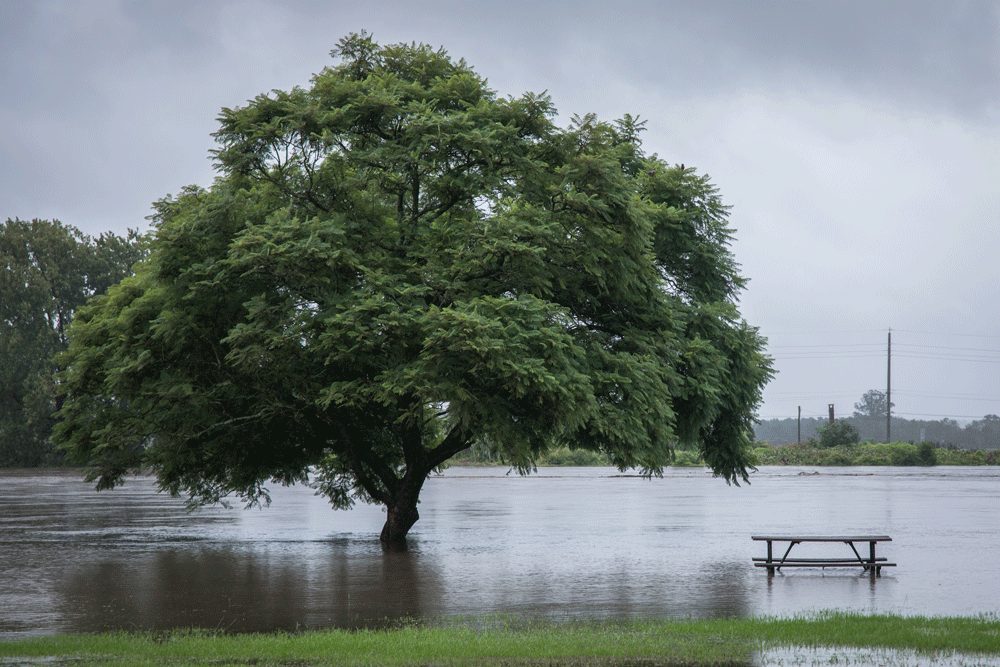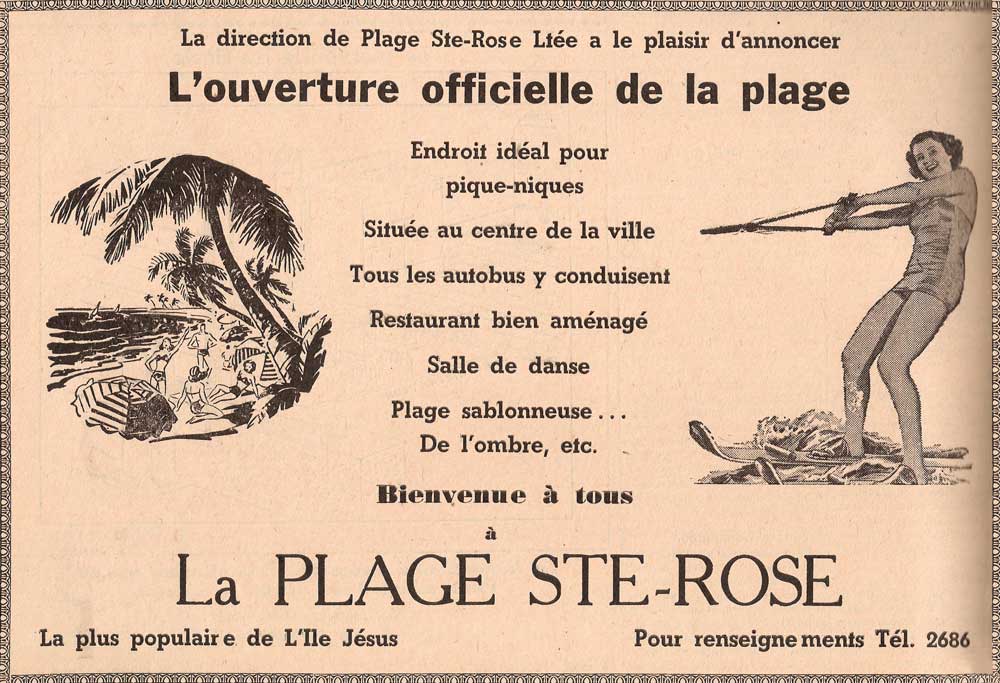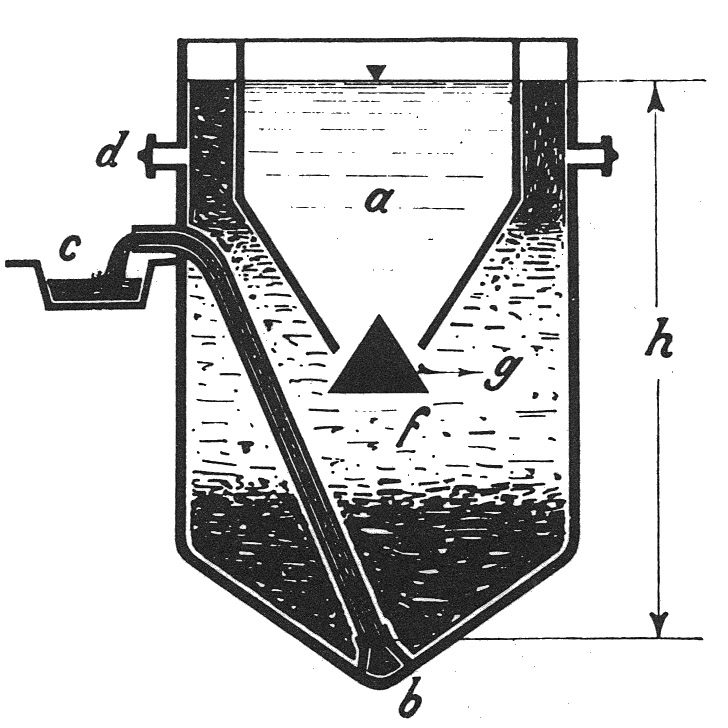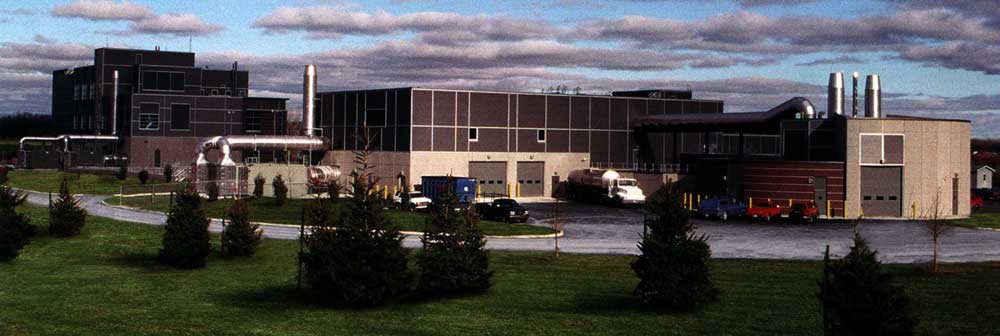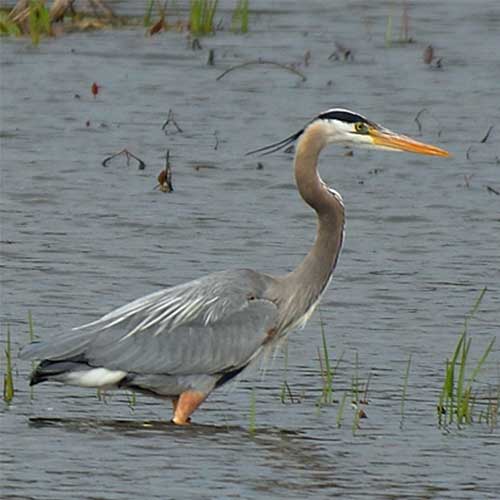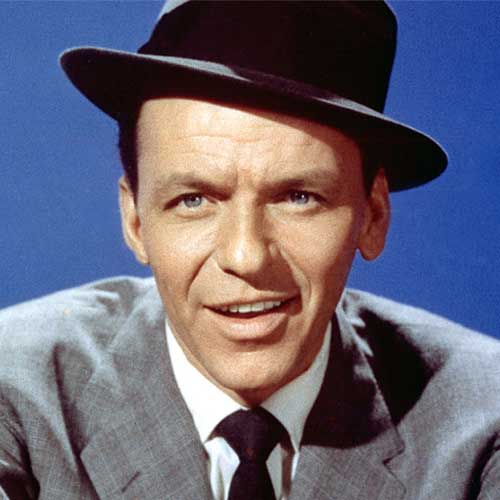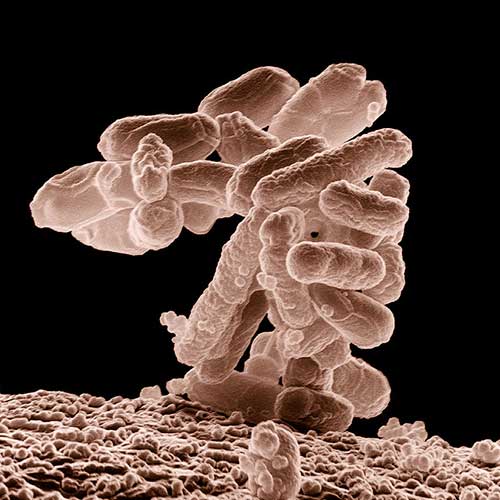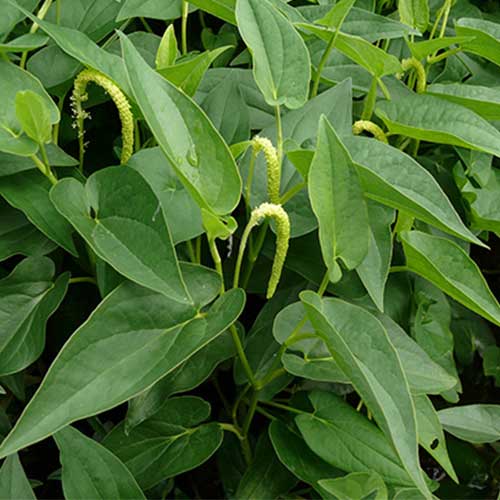Article written by Alexandre Lafortune, Project Manager and Curator, C.I.EAU
The temporary exhibition entitled “Dérive” at the Centre d’interprétation de l’eau features works by Laval painter Lucette Tremblay. The paintings, digital works and photo mosaics on display question our lost, found or preserved link with the Rivière des Prairies.
The active past of a “muzzled” river
A lost link, because historically, the river’s role has been central to the daily life of the local population: water mills feeding industry, timber transport with the cageux that descended the river and its powerful rapids, recreational activities, fishing, swimming, navigation, crossings…
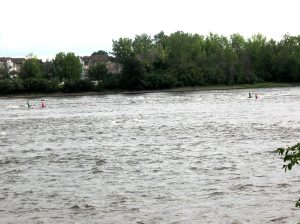
Nowadays, swimming is forbidden, watermills are part of our heritage, cageux are a historical fact… the river is muzzled! The Rivière-des-Prairies generating station has been producing hydroelectricity for almost a hundred years, and its construction in 1928 made the river’s rapids disappear: Sault de la Visitation, Sault des Prairies, Sault Bordeaux and Sault Cheval blanc. Like teeth she can no longer show.
The Rivière des Prairies also crosses on both sides. There are 13 bridges crossing the river between Laval and Montreal, not to mention the Orange Line metro. As such, the river is barely an obstacle; just another stretch of road on the route.
Tame the river
For Lucette Tremblay, the link is not necessarily broken. The river occupies our thoughts, our daily lives and our moods, through the cycle of the seasons. The river is with us from winter to summer, and in a very distinct way. Through the seasons and the river, we experience a range of emotions: joy, meditation, confusion, love and friendship. Does the river inhabit your mind? It certainly inhabits your body.
Visit theDérive exhibition free of charge during museum opening hours until January 22, 2023 at the Centre d’interprétation de l’eau in Laval.


